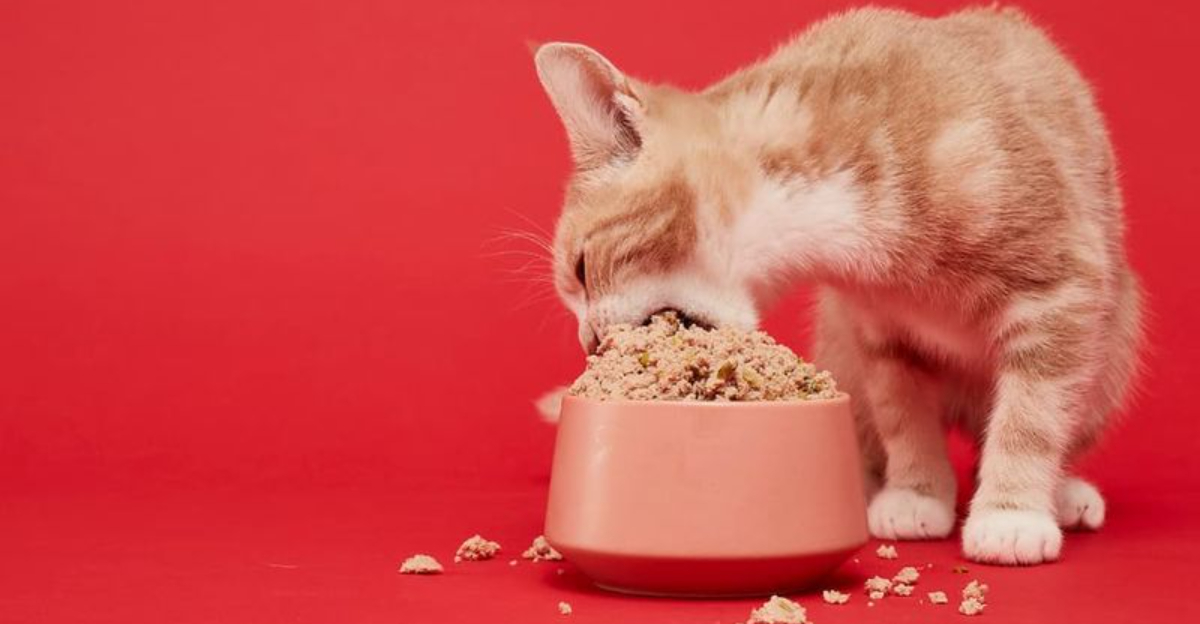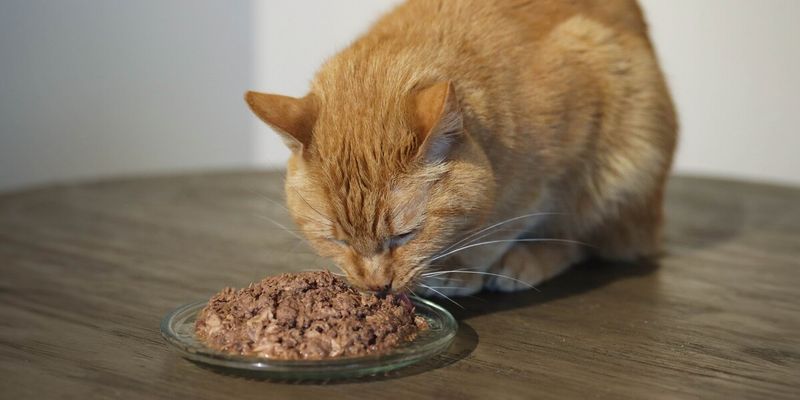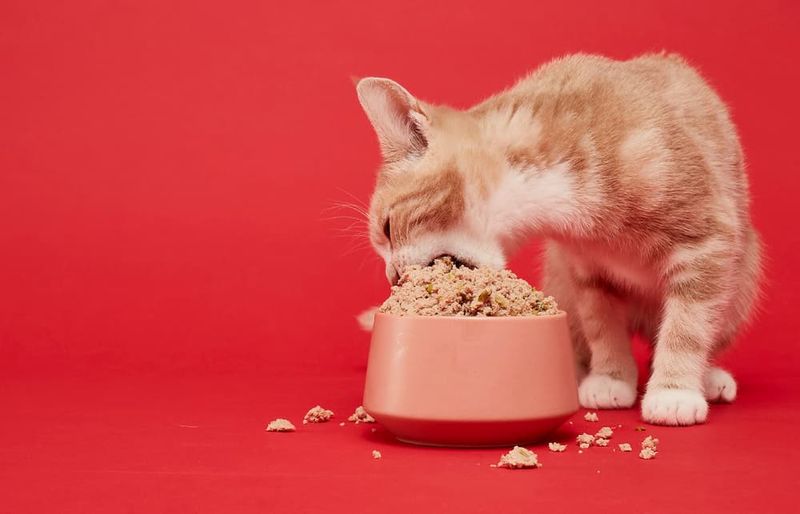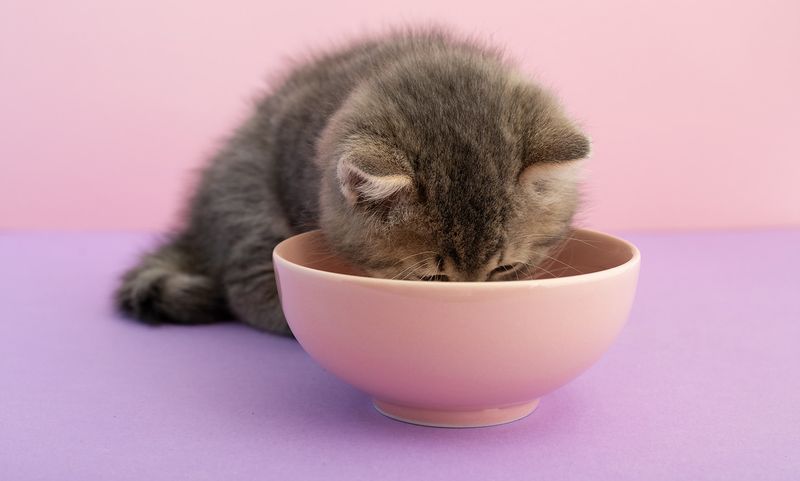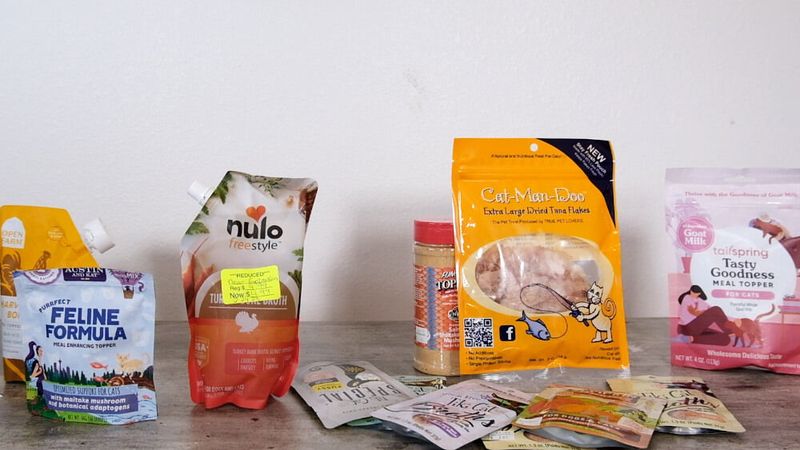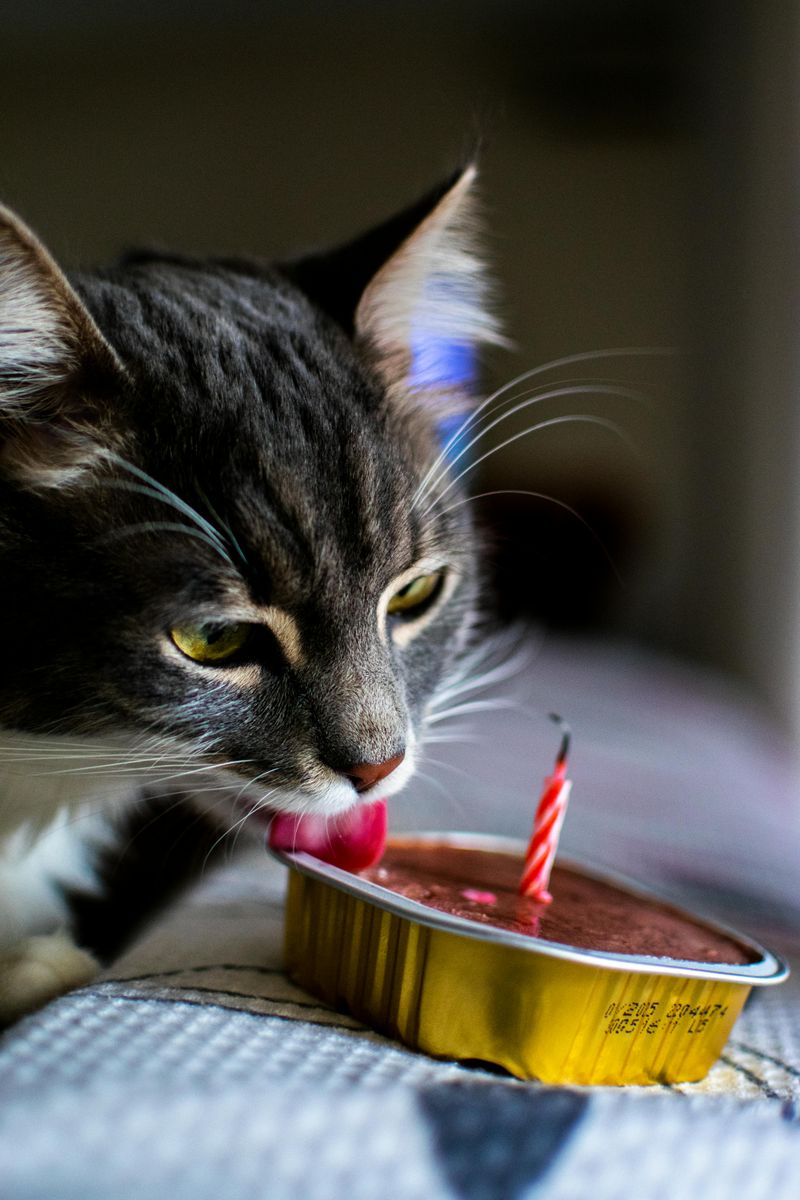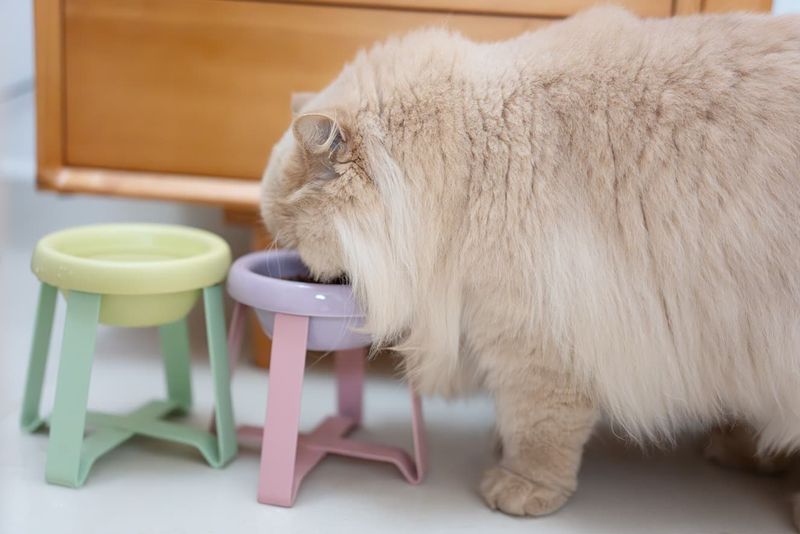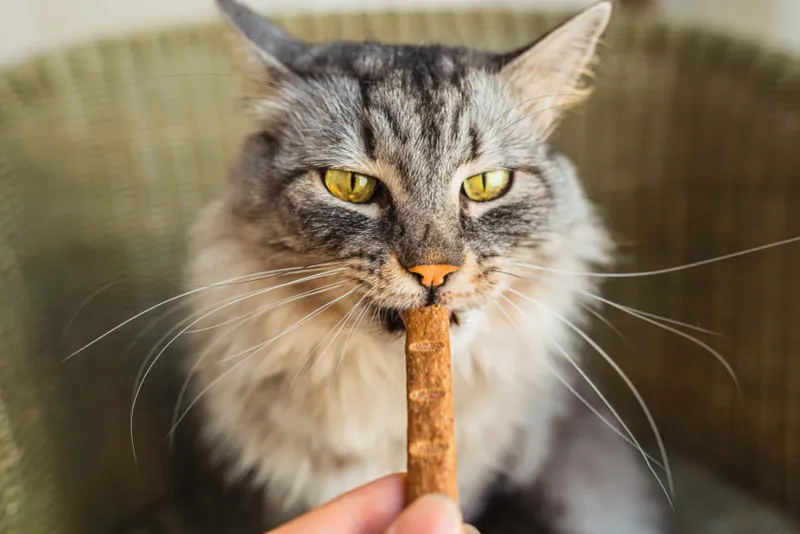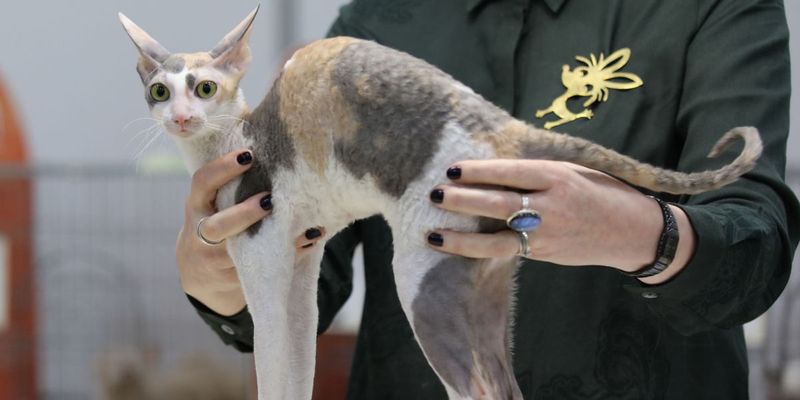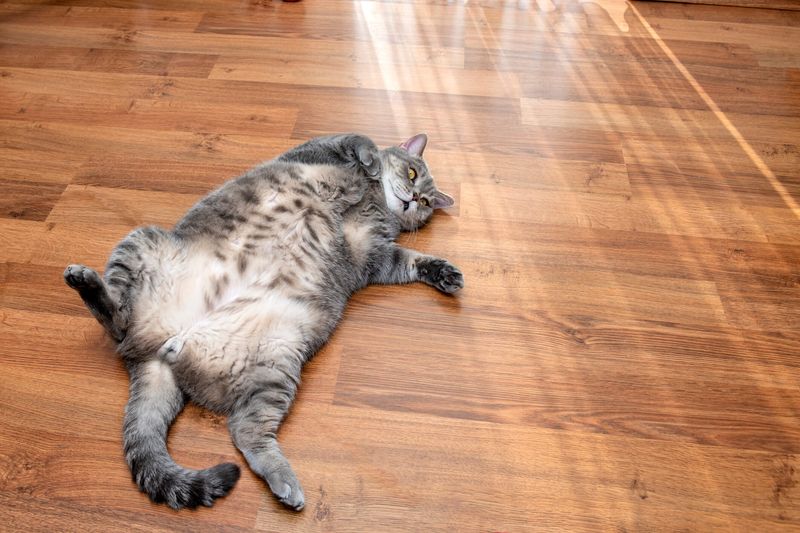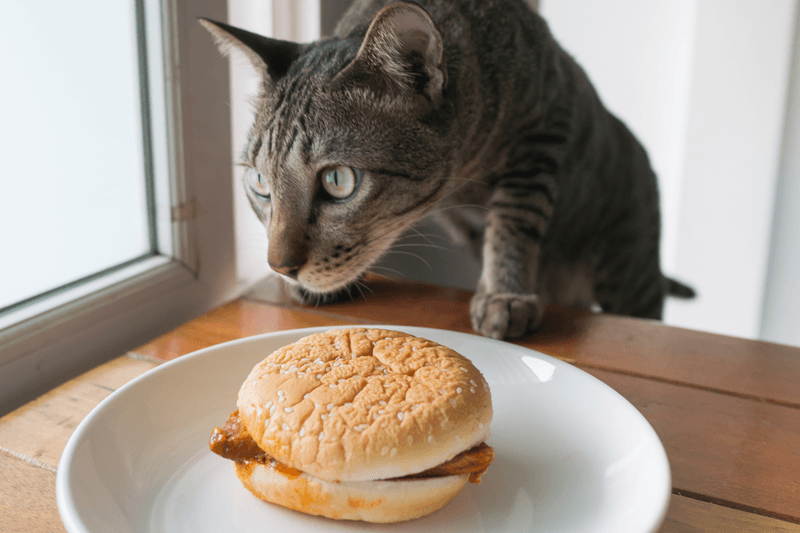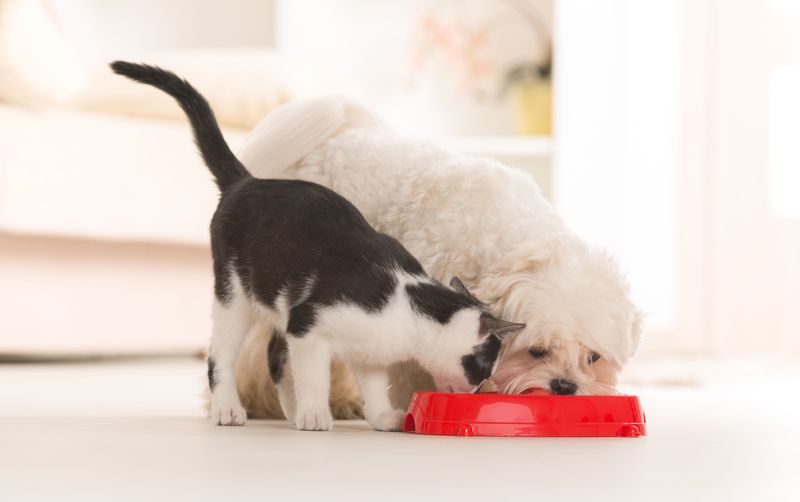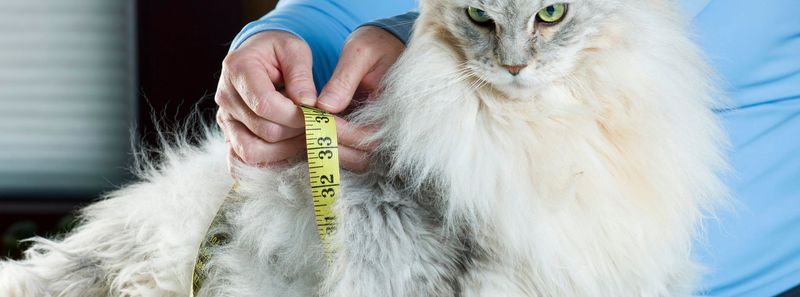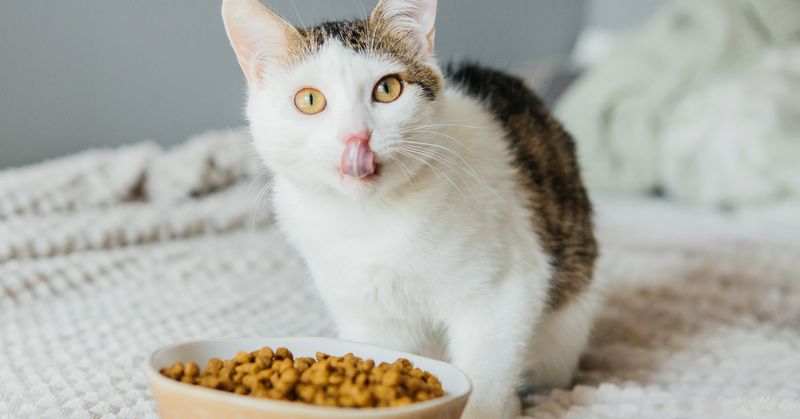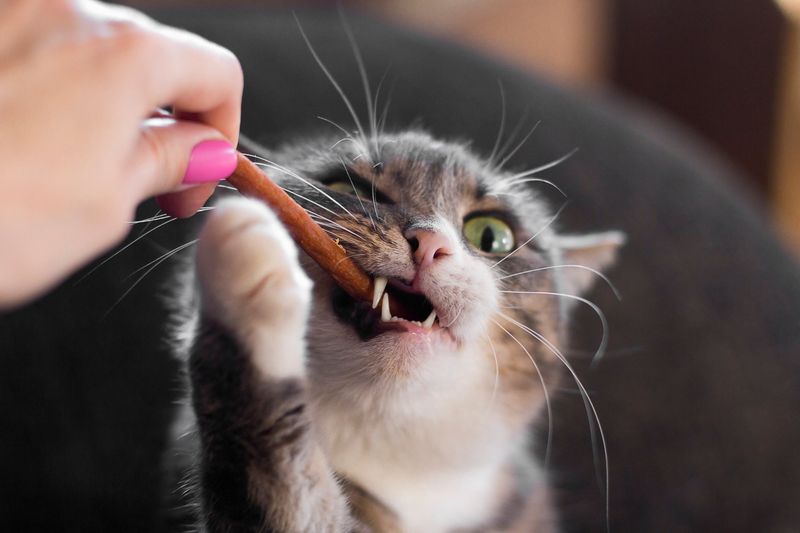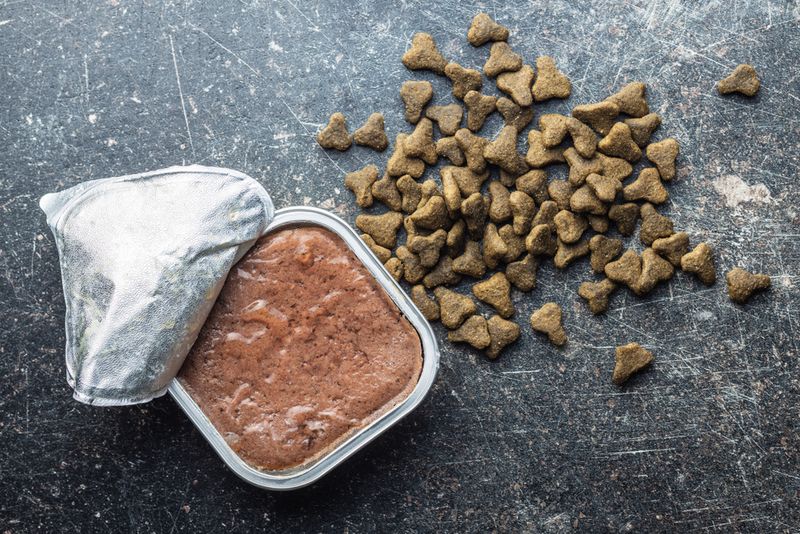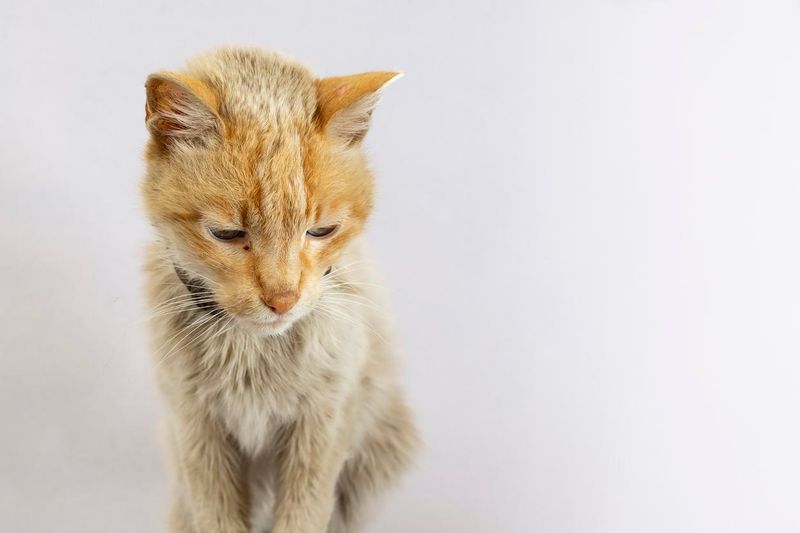📖 Table of Content:
- 1. Feed Calorie-Dense, High-Quality Food
- 2. Offer Smaller, More Frequent Meals
- 3. Supplement with Kitten Food
- 4. Add Appetite-Enhancing Toppers
- 5. Create a Stress-Free Dining Environment
- 6. Encourage Light Activity Before Meals
- 7. Use Healthy High-Calorie Treats Strategically
- 8. Consult Your Veterinarian for Personalized Advice
- 1. Overfeeding All at Once
- 2. Feeding Human Junk Food
- 3. Using Dog Food as a Substitute
- 4. Ignoring Medical Causes of Weight Loss
- 5. Skipping Portion Control Measurements
- 6. Relying Too Heavily on Treats
- 7. Feeding Expired or Spoiled Food
- 8. Dismissing Weight Loss as Normal Aging
Watching your cat struggle with being underweight can be as worrying as dealing with obesity. Whether due to a medical issue, a change in environment, or simply being a picky eater, some cats fail to maintain a healthy weight. Helping them gain weight in a safe and sustainable way requires thoughtful adjustments to diet, routine, and environment.
Gaining weight isn’t just about feeding more—it’s about feeding smart. Cats have sensitive digestive systems and specific dietary needs that must be met with balance and care. Simply piling food into their bowl might cause more issues than solutions, especially if it disrupts their normal feeding behavior or causes gastrointestinal discomfort.
Understanding what helps and what hinders can make a big difference. With expert-backed strategies, you can boost your cat’s weight in a way that supports long-term health. At the same time, avoiding common mistakes will ensure you’re not unintentionally doing more harm than good. Below are eight highly effective ways to help your cat gain weight, followed by eight practices you should absolutely avoid during the process.
1. Feed Calorie-Dense, High-Quality Food
Premium cat foods designed for weight gain pack more calories and nutrients into each bite. Look for options with real meat listed as the first ingredient and healthy fat sources like fish oil or chicken fat. Wet food often entices picky eaters while delivering excellent nutrition and hydration. Many veterinarians recommend brands like Royal Canin Recovery or Hill’s Science Diet for underweight cats. Remember that quality matters more than quantity. A smaller portion of nutrient-rich food provides better weight gain results than large amounts of low-quality kibble. Gradually transition to new foods over 7-10 days to prevent digestive upset.
2. Offer Smaller, More Frequent Meals
Cats with small stomachs often struggle to consume enough calories in one or two large meals. Breaking their daily food allowance into 4-5 smaller portions stimulates appetite and increases total consumption. Automatic feeders can help maintain consistent meal timing if you’re away during the day. Fresh food attracts cats more effectively than kibble that’s been sitting out for hours. Morning and evening represent prime feeding opportunities when most cats naturally experience hunger peaks. Keep a consistent schedule – cats thrive on routine and will begin to anticipate regular mealtimes, potentially increasing their enthusiasm for eating.
3. Supplement with Kitten Food
Kitten formulas contain significantly higher calories, fat, and protein than adult cat food. This nutritional density makes them perfect for helping underweight adult cats bulk up safely. Mix kitten food with your cat’s regular diet to boost caloric intake without completely changing their menu. The smaller kibble size of kitten food also makes it easier for senior cats or those with dental issues to chew. Kitten wet food pouches make excellent toppers for regular meals. Their strong aroma often tempts even the most finicky eaters. Monitor your cat’s response – most cats love kitten food’s rich taste, but some may experience mild digestive changes as they adjust.
4. Add Appetite-Enhancing Toppers
Transform ordinary cat food into an irresistible feast with high-calorie additions. A spoonful of plain canned pumpkin (not pie filling) adds fiber and nutrients while making meals more appealing. Boneless, skinless chicken breast or plain tuna in water provides protein-rich enticement. Warm these toppers slightly to release aromas that stimulate even reluctant eaters. Commercial nutritional supplements like Tomlyn Nutri-Cal gel deliver concentrated calories in a format many cats enjoy. Bone broth made specifically for cats offers flavor enhancement plus joint-supporting nutrients. Start with small amounts of any new topper and gradually increase to prevent digestive upset. Always avoid seasonings, oils, or ingredients toxic to cats like onions or garlic.
5. Create a Stress-Free Dining Environment
Anxiety significantly reduces appetite in cats. Establish a quiet feeding station away from household traffic, loud appliances, and other pets. Some cats prefer elevated feeding spots where they can survey their surroundings while eating. Multiple feeding locations prevent resource guarding in multi-cat households. Watch for subtle signs that your cat feels threatened during meals, like constantly looking up or eating hurriedly. Cats naturally prefer to eat alone rather than in groups. Pheromone diffusers like Feliway can create a calming atmosphere that encourages better appetite. Hand-feeding particularly anxious cats sometimes helps rebuild confidence. Once your cat associates mealtime with relaxation rather than stress, consumption typically increases naturally.
6. Encourage Light Activity Before Meals
A short play session before mealtime stimulates natural hunting instincts and boosts appetite. Feather wands, crinkle balls, or laser pointers get your cat moving without exhausting them. Aim for 3-5 minutes of gentle engagement – just enough to awaken interest without burning too many calories. Indoor hunting feeders combine play and eating by making cats “work” for kibble, which many find highly motivating. Activity increases blood flow and digestive enzyme production, preparing your cat’s system for better nutrient absorption. For extremely lethargic cats, simply moving their food bowl a short distance away from their resting spot can provide sufficient movement to stimulate hunger. The goal isn’t exercise for weight loss but rather to trigger natural feeding behaviors.
7. Use Healthy High-Calorie Treats Strategically
Freeze-dried meat treats pack impressive nutritional density into small, irresistible bites. These protein-rich morsels provide concentrated calories without artificial ingredients or fillers that might upset sensitive stomachs. Commercial calorie-boosting gels like Vetoquinol Nutri-Cal deliver concentrated nutrition between meals. A pea-sized amount on your finger or directly on your cat’s paw (which they’ll instinctively lick) works well for most cats. Treats should supplement meals, not replace them. Stick to the 10% rule – treats shouldn’t exceed 10% of daily caloric intake. Consistency matters more than quantity – small, regular treats maintain interest in food better than occasional large portions. For maximum benefit, offer treats about an hour before regular meals to stimulate appetite without causing fullness.
8. Consult Your Veterinarian for Personalized Advice
Professional veterinary guidance remains the gold standard for safe weight gain. Unexplained weight loss often signals underlying health issues like hyperthyroidism, diabetes, or parasites that require specific treatment beyond dietary changes. Your vet can calculate your cat’s exact caloric needs based on age, activity level, and ideal weight goals. They might recommend prescription diets formulated specifically for healthy weight gain or supplements tailored to your cat’s unique nutritional gaps. Regular weigh-ins help track progress and adjust strategies as needed. For seriously underweight cats, your vet might suggest appetite stimulants like mirtazapine or cyproheptadine to jumpstart the process. These medications can be game-changers for cats with persistent appetite loss but should only be used under professional supervision.
1. Overfeeding All at Once
Suddenly doubling food portions overwhelms your cat’s digestive system. The stomach can’t expand quickly enough to accommodate large volume increases, leading to vomiting, diarrhea, or food refusal. Rapid food increases also risk refeeding syndrome – a potentially fatal metabolic condition where the body can’t handle sudden nutrient influxes after periods of malnutrition. The pancreas releases excessive insulin in response to carbohydrates, causing dangerous electrolyte imbalances. Instead, increase portions by just 10-15% weekly. This gradual approach allows digestive enzymes and gut bacteria to adjust properly. Weight gain in cats should proceed at a maximum rate of 1-2% of body weight weekly. Patience yields better results than rushing the process, which often backfires into digestive distress or food aversion.
2. Feeding Human Junk Food
Processed human foods might seem like quick calorie sources but create serious health problems. Chips, cookies, and fast food contain salt levels that can damage cat kidneys and cardiovascular systems. Many human foods contain onions, garlic, or artificial sweeteners like xylitol that are toxic to cats. Even seemingly innocent foods like cheese can cause digestive upset since most adult cats are lactose intolerant. Human junk food lacks essential feline nutrients like taurine while providing empty calories that contribute to unhealthy fat accumulation rather than muscle development. The high carbohydrate content in processed human foods can spike blood sugar and potentially trigger diabetes in predisposed cats. Remember that healthy weight gain means building muscle mass and vital organ tissue, not just adding fat.
3. Using Dog Food as a Substitute
Dog food fundamentally lacks critical nutrients cats require for survival. Most notably, it contains insufficient taurine – an amino acid cats cannot synthesize themselves that prevents heart disease and blindness. Protein levels in dog food typically fall far below feline requirements. Cats are obligate carnivores needing meat-based diets with 30-40% protein, while dogs can thrive on omnivorous diets with just 18-25% protein. The vitamin ratios in dog food don’t match feline needs either. Dog food contains excessive vitamin D and inadequate vitamin A for cats, potentially leading to toxicity or deficiency over time. While occasionally sharing a bite won’t cause immediate harm, regularly feeding dog food to underweight cats worsens malnutrition rather than resolving it. Their condition may appear stable while serious nutritional deficiencies develop invisibly.
4. Ignoring Medical Causes of Weight Loss
Unexplained weight loss often signals underlying health conditions requiring specific treatment. Hyperthyroidism frequently causes weight loss despite increased appetite and can be diagnosed with simple blood tests. Intestinal parasites steal nutrients even when cats eat normally. Dental disease makes eating painful, reducing intake while hiding behind seemingly normal behavior. Kidney disease, diabetes, and gastrointestinal lymphoma commonly present initially as just weight loss. Attempting to address weight loss through diet alone when medical issues exist delays proper treatment and allows conditions to worsen. Early intervention generally means better outcomes and less expensive treatments. Any cat losing more than 10% of body weight should receive veterinary evaluation before implementing home feeding strategies. This approach ensures you’re addressing the true cause rather than just masking symptoms.
5. Skipping Portion Control Measurements
Eyeballing food portions leads to inconsistent feeding and makes tracking caloric intake impossible. Without measuring, you can’t accurately determine if your cat truly consumes enough calories for weight gain. Digital kitchen scales provide the most precise measurements for dry food. Measuring cups work adequately for wet food portions. Documenting daily intake alongside weekly weight checks creates valuable data for identifying effective strategies. Controlled portions also prevent accidental overfeeding as your cat approaches healthy weight. Many owners continue weight-gain portions too long, creating obesity problems after resolving underweight issues. Adjusting portions based on regular body condition scoring helps maintain ideal weight once reached. The goal isn’t unlimited feeding but rather providing the right amount of nutrition for healthy tissue development.
6. Relying Too Heavily on Treats
Treats lack complete nutrition and upset the balance of essential vitamins and minerals when overused. Many commercial cat treats contain excessive carbohydrates and artificial ingredients that contribute to unhealthy weight patterns. Cats quickly develop preferences for highly palatable treats, potentially refusing regular meals while waiting for tastier options. This treat dependency creates a counterproductive cycle where cats consume fewer nutrients overall despite receiving more calories. Even nutritious treats should comprise no more than 10% of daily caloric intake. For a typical 10-pound cat needing 250 calories daily, treats should provide maximum 25 calories. Focus instead on making regular meals more appetizing through warming, texture variety, or feeding in interactive puzzles. This approach ensures weight gain comes from complete nutrition rather than empty calories.
7. Feeding Expired or Spoiled Food
Cats possess extraordinarily sensitive smell receptors that detect food degradation long before humans notice. Serving slightly spoiled food may permanently associate negative experiences with eating, creating long-term food aversion. Wet food left at room temperature becomes a bacterial breeding ground within 2-4 hours. These microorganisms can cause gastrointestinal infections that worsen weight loss. Refrigerated wet food remains safe for about 48 hours when properly stored. Dry food also degrades, with fats becoming rancid over time despite appearances. Check expiration dates and store kibble in airtight containers rather than open bags. Fish-based foods spoil particularly quickly compared to poultry formulas. For underweight cats with already compromised systems, even minor foodborne bacteria can trigger significant setbacks through vomiting, diarrhea, or appetite suppression.
8. Dismissing Weight Loss as Normal Aging
Senior cats commonly lose weight, but this should never be considered normal or inevitable. Age-related changes like reduced smell perception or dental issues can decrease food intake but can be effectively managed with proper interventions. Muscle wasting (sarcopenia) affects many older cats but responds well to increased protein intake and gentle activity. Many senior cats benefit from food with 40-50% protein content, higher than standard adult formulations. Cognitive decline sometimes causes cats to forget to eat or lose interest in food. Regular meal routines and highly aromatic foods help counter these effects. Mistaking pathological weight loss for normal aging potentially allows treatable conditions to progress unchecked. While senior cats may naturally carry less weight than their middle-aged selves, pronounced thinness, visible spine or ribs, or ongoing weight decline always warrants veterinary attention.
